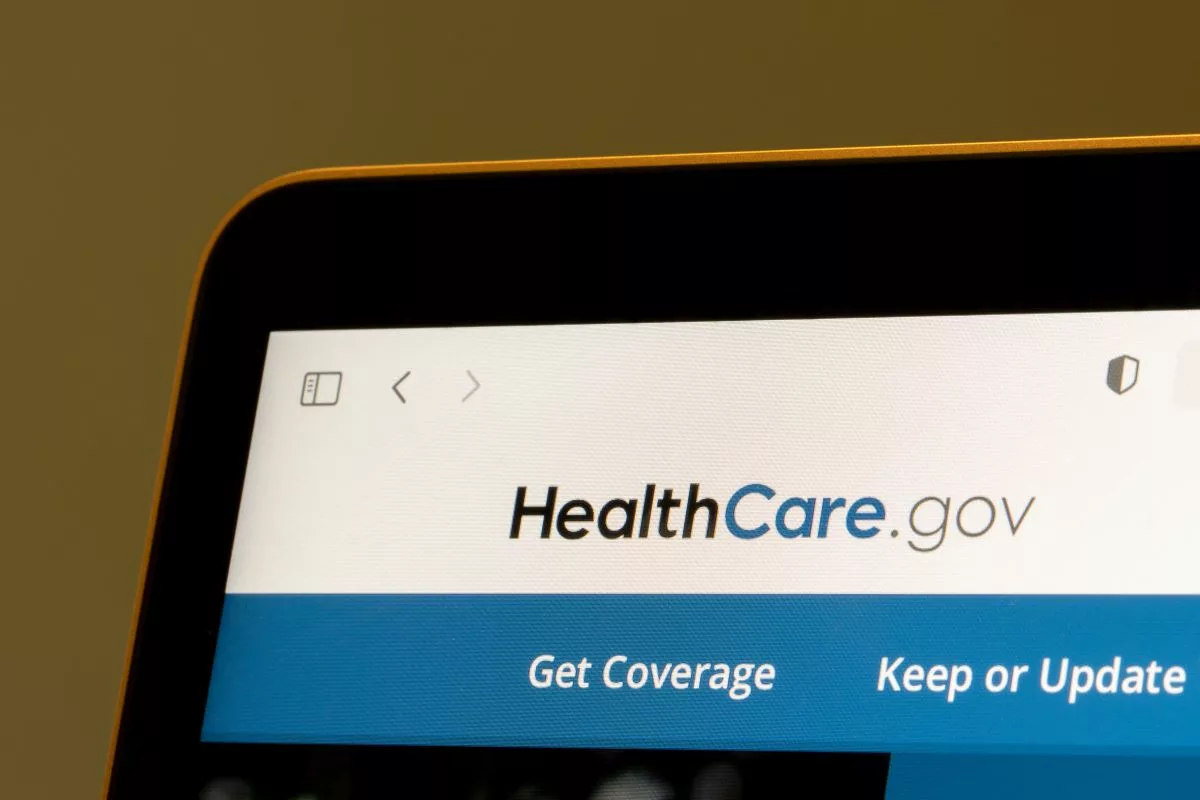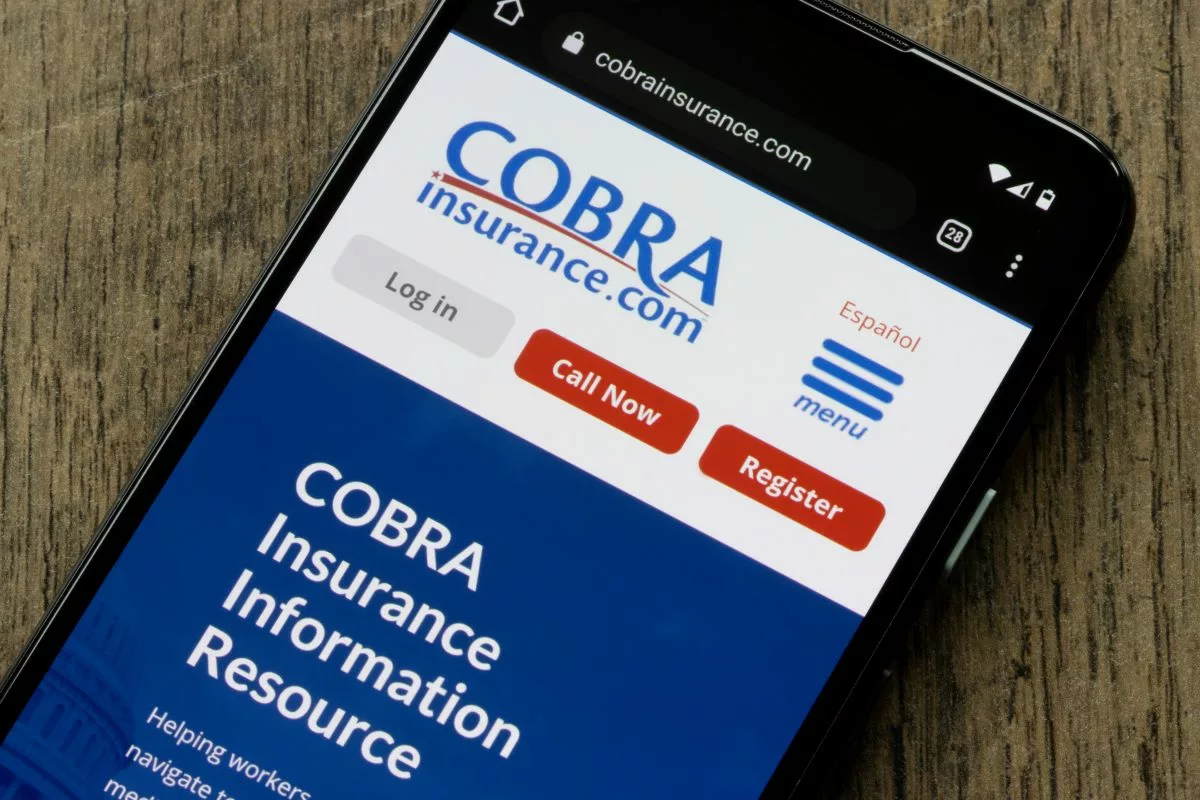Unexpected job loss, significant health challenges, or rising costs of essentials can lead to financial difficulties, making it hard to keep up with your financial obligations. These added strains can make Medicare costs unaffordable. In such situations, the Medicare Savings Program (MSP) can provide much-needed relief. MSP assists eligible seniors and disabled individuals by helping to cover part of their Medicare expenses, allowing them to manage their financial commitments more effectively. Continue reading to learn how MSP works and how you can access its benefits.

What Is the Medicare Savings Program?
The Medicare Savings Program (MSP) is a federal and state health-funding initiative available in all US states. The program’s goal is to support eligible individuals, especially low-income earners, with financial support to pay part or all of their Medicare bills.
The program is covered by Social Security, which is why the Social Security Medicare deduction 2024 payments include Medicare premiums, Part A and Part B deductibles, coinsurance, and copayments.
What Is the Difference Between Medicare and the Medicare Savings Program?
Medicare and MSPs (Medicare Savings Programs) are both designed to assist seniors aged 65 years or older in subsidizing their healthcare expenses. However, there are key differences between the two. Medicare provides health insurance coverage, offering flexibility by extending care to younger individuals with disabilities and those with permanent kidney diseases. In contrast, MSPs are exclusively for seniors and focus on providing payment support.
Another distinction lies in their funding and administration. Medicare is entirely funded at the federal level, whereas MSPs are collaborative initiatives managed jointly by federal and state governments.
Additionally, Medicare covers Parts A, B, C, and D premiums, while MSP covers only Parts A and B.
What Are the Types of Medicare Savings Programs?
There are four programs under the MSP, each with various income limits and specific medical coverage. We highlight the examples of Medicare Savings Programs below:
1. The Qualified Medicare Beneficiary (QMB) Program
The QMB program covers Part A and Part B Medicare premiums, deductibles, coinsurance, and copayments. If you qualify for this savings program under Medicare, the perks include:
- Free services and items that Medicare normally covers
- A discounted Medicaid copayment, if it applies to you
- Additional help when paying for prescription drugs. In line with the Medicare Savings Programs 2024, you shouldn’t pay more than $11.20 for every drug in your Medicare prescription plan
2. The Specified Low-Income Medicare Beneficiary (SLMB) Program
The SLMB Program covers Part B premiums, but you must also have a Part A premium to qualify. Besides the Part B premium payments, you can enjoy other benefits under the SLMB program, including:
- Extra help paying for prescription drugs
- Not paying more than $11.20 for each drug in your Medicare prescription plan
3. The Qualifying Individual (QI) Program
The QI Program covers Part B premiums, but you must have Part A and B premiums to qualify. If eligible, you can enjoy additional benefits, such as:
- Extra help for prescription payments
- Annual renewal based on your application
4. The Qualified Disabled and Working Individual (QDWI) Program
The QDWI pays only Part A premiums. As the name suggests, it is for people with a disability, those working, or people who lost their Medicare or other Social Security Benefits after returning to work.
Who Is Eligible for MSP?
At the basic level, you must meet the following qualifications to qualify for Medicare Savings Programs:
- Reside in a US state
- Be 65 years old or older
- Get Social Security Disability Benefits
- An income lower than the federal poverty line (FPL) or the specific limit in your state
- Have a Part A or Part B Medicare premium to pay
- Your asset or resource limit must fall within the specified requirements
So, what is the income limit for the Medicare Savings Program 2024? Here’s a detailed breakdown of what the eligibility limits are for each Medicare program:
The QMB Program
The monthly income and resource limits for QMB are highlighted below:
| Monthly Income Limit | Resource Limit | |
| Individuals | $1,275 | $9,430 |
| Couples | $1,724 | $14,130 |
The SLMB Program
The monthly income and resource limits for the SLMB program are highlighted below:
| Monthly Income Limit | Resource Limit | |
| Individuals | $1,526 | $9,430 |
| Couples | $2,064 | $14,130 |
The QI Program
The monthly income and resource limits for the QI program are highlighted below:
| Monthly Income Limit | Resource Limit | |
| Individuals | $1,715 | $9,430 |
| Couples | $2,320 | $14,130 |
The QDWI Program
The monthly income and resource limits for the QDWI program are highlighted below:
| Monthly Income Limit | Resource Limit | |
| Individuals | $5,105 | $4,000 |
| Couples | $6,899 | $6,000 |
How To Apply for the Medicare Saving Program
Though the Medicare Savings Programs are organized at the federal level, they are co-run and sponsored independently by states’ Medicaid agencies. The first step is to contact your state’s Medicaid agency to determine your eligibility. Afterward, follow the steps below:
- Create “My Social Security” account online
- Sign in to your account and complete the application
- Or visit the Social Security office near you if you prefer to apply physically.
If you are a US citizen residing outside the country, contact the nearest U.S. Social Security office, U.S. Embassy or consulate to find out how to apply for MSP.
Other necessary information and documents to have handy when applying include:
- Your social security number and birth certificate
- Information about your spouse and children, if applicable
- Your bank account information and record of your earnings
- Your citizenship status and proof of US citizenship
- A copy of your W-2 forms and tax returns documents
- Your employer details and proof of employment
How Long Does the MSP Application Take?
The application process takes between 10 to 30 minutes. However, you will typically get feedback on your application through an official Notice of Action within 45 days. The notice will inform you of which MSP program type you’ll receive. Remember that you need to renew your MSP annually if approved.
If your application is denied, cross-check your supporting documents and reapply or request a fair hearing to appeal the decision.
Extra Medical Help Is Available Through the MSP Program
The Medicare Savings Program (MSP) is a great way to get financial support when you’re unable to meet your Medicare premium obligations. Provided you’re 65 years or older and/or living with a disability, you can get MSP support.
If you have more questions on how MSP works or need assistance, call the Social Security toll-free line at 1-800-772-1213 (TTY 1-800-325-0778) to book an appointment.
FAQs
1. Can you apply for more than one Medicare Savings Program?
No, you can only qualify for one program at a time. However, you may be enrolled for Extra Help if you qualify for MSP.
2. Is the Medicare Savings Program the Same as Medicaid?
MSP and Medicaid operate differently despite their similarities. MSPs are under state Medicaid programs to offer financial assistance to low-income old people who can’t afford their Medicare payments.
Conversely, Medicaid caters to a broader spectrum of people, including low-income households, children, people with disabilities, and pregnant women.





